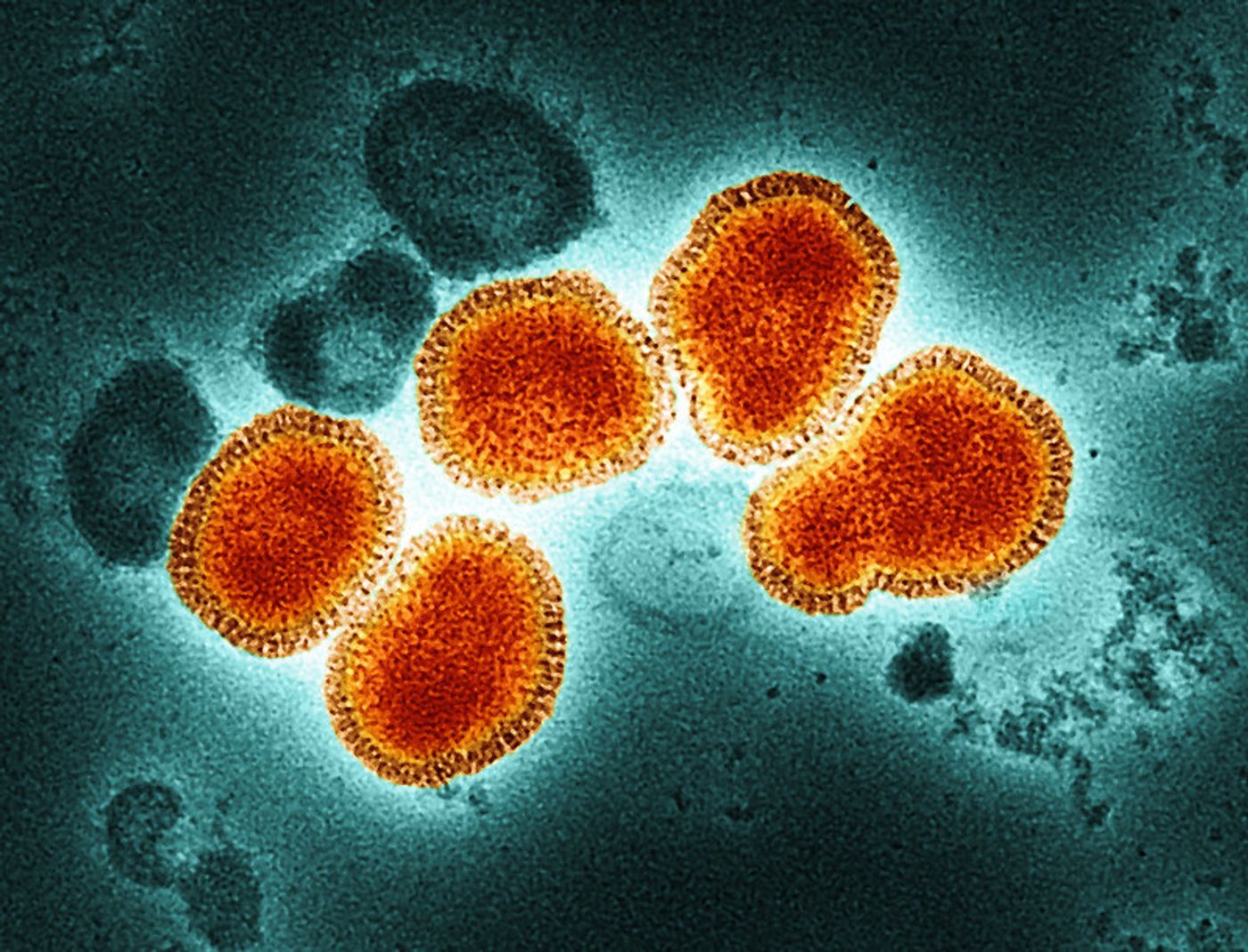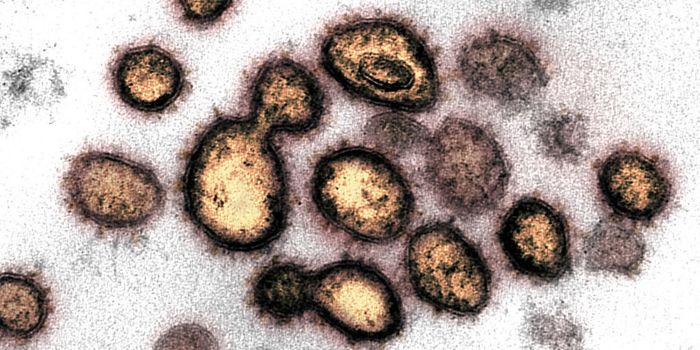A Simple Flu Test That is a "Big Advancement"
The overwhelming majority of people that think they have the flu never get tested, even when they see a doctor about it, because flu tests are usually expensive and laborious to perform. But scientists have now changed that with a simple and inexpensive paper strip test that does not only diagnose the flu, it can also tell people what type of influenza virus is causing the illness.
This test uses CRISPR technology to differentiate between various strains of seasonal influenza including influenza A and B strains, as well as subtypes like H1N1 or H3N2. The researchers also suggested that with a few basic modifications, the test can also detect avian influenza strains such as the highly pathogenic H5N1. The work has been reported in The Journal of Molecular Diagnostics.
"Ultimately, we hope these tests will be as simple as rapid antigen tests, and they'll still have the specificity and performance of a nucleic acid test that would normally be done in a laboratory setting," said co-senior study author Cameron Myhrvold, an assistant professor at Princeton University.
The test uses a tool called SHINE, which was created in the laboratory of Howard Hughes Medical Institute investigator Pardis Sabeti of Harvard University, among other appointments. CRISPR enzymes work in SHINE to detect specific viral RNA sequences in samples. The tool has been used to identify the virus that causes COVID-19 -- SARS-CoV2, and it can differentiate between the Delta and Omicron variants.
For the flu test, the researchers integrated SHINE with a paper strip readout, replacing expensive equipment that requires specialized personnel to operate, which is a "is a big advancement, not only in terms of clinical care but also for epidemiological surveillance purposes," noted co-first study author Ben Zhang.
SHINE works at room temperature with a heat block in around 90 minutes, unlike standard methods that take longer and use ultra-cold freezers for reagent storage. The investigators want to make the test even faster, and are aiming for fifteen-minute results.
The test also identifies the flu strain, which can guide clinical decisions like what type of medication to use, or show if doctors should alert public health officials, such as if a rare or deadly strain is found. If the tests are eventually used widely, they can also show when serious outbreaks may be occurring.
Sources: Broad Institute of MIT and Harvard, The Journal of Molecular Diagnostics









